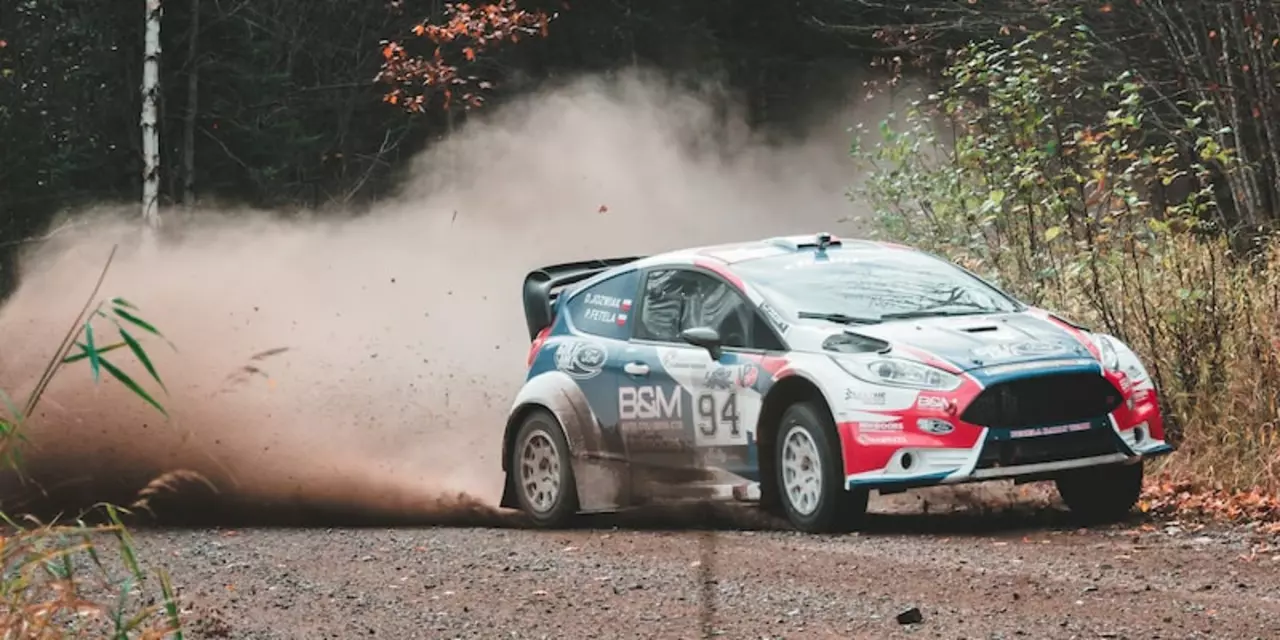Speed Secrets for Rally Racing – Boost Your Pace on Every Stage
Speed isn’t just about revving the engine louder; it’s about turning every corner, jump, and gravel stretch into an advantage. If you’ve ever wondered why some drivers seem to glide through a stage while others struggle, the answer lies in a mix of technique, setup, and mindset. Below are the real‑world tricks you can start using right now.
Choose the Right Setup for Pure Pace
First thing’s first – your car has to be ready to deliver power where you need it. A lightweight chassis, balanced weight distribution, and a suspension that keeps the wheels planted are non‑negotiables. Many rally teams swap heavy steel for aluminum or carbon fiber to shave off kilos, and that translates directly into quicker acceleration on tight sprints.
Don’t forget tyre pressure. Lower pressure gives more grip on loose surfaces, but it also adds rolling resistance on tarmac. The sweet spot is usually a few psi above the manufacturer’s off‑road recommendation for mixed stages. Play with the numbers during practice runs and note the lap time changes – it’s the fastest way to learn what works for your car.
Driving Techniques That Turn Speed Into Control
Even the best setup can’t compensate for sloppy inputs. The handbrake, for instance, is your secret weapon for shaving seconds on sharp hairpins. Pull it just enough to lock the rear wheels, swing the car around, and release it as you re‑engage the throttle. The result is a controlled slide that keeps speed high without sacrificing direction.
Another pro tip is the “late apex” approach. Rather than clipping the apex early, aim to hit the inside of the corner a split‑second later. This lets you stay on the gas longer, building momentum that carries you out of the bend faster. Pair this with a smooth steering input – jerky moves will make the car lose grip and cost you valuable time.
Finally, master the art of braking in a straight line before a turn, then use engine braking to trim speed while you’re already turning. This reduces the load on your front brakes and keeps the car stable, especially on loose gravel where brake fade is common.
Remember, speed is a balance of power, grip, and timing. Test each change in a controlled environment, record your splits, and adjust until the numbers improve. With the right setup and refined technique, you’ll find yourself ripping through stages faster than ever before – all while staying safe and in control.

How fast do rally cars go in MPH?
Rally cars are designed to go fast on challenging terrain, and they can reach impressive speeds. On average, rally cars can go up to 130 mph, but they have been known to go up to 180 mph in some cases. Modern rally cars also feature advanced safety features to ensure driver safety.